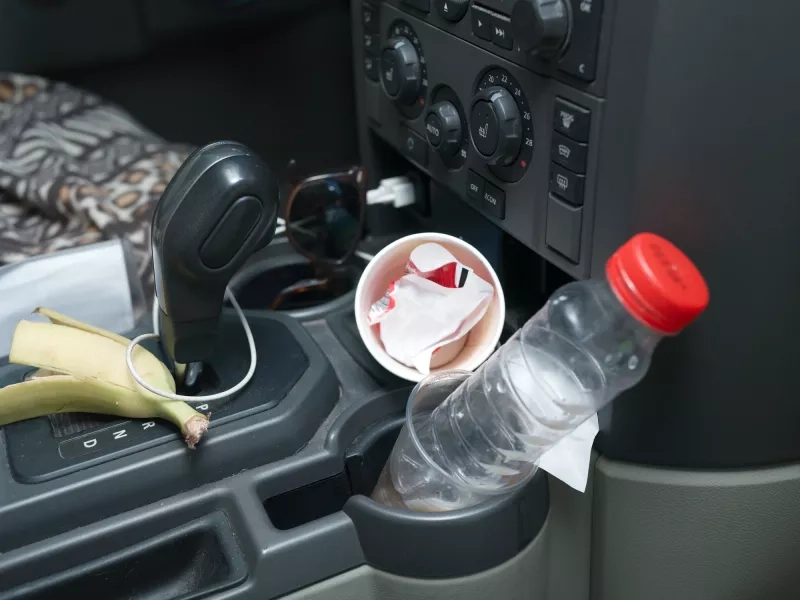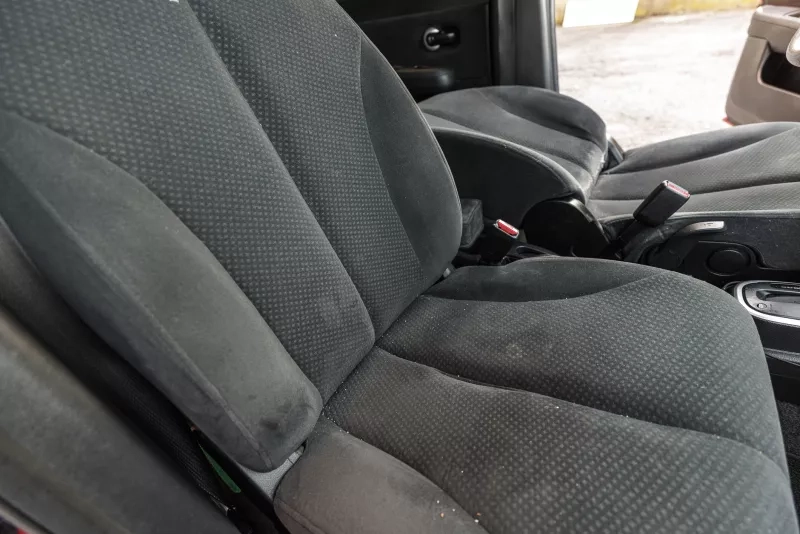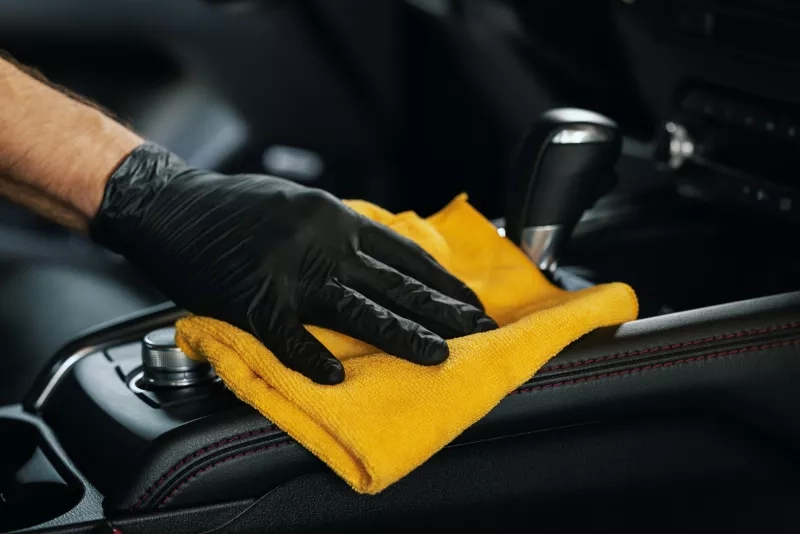
Is your car dirtier than a toilet? Research says yes
4 Minute Read
Did you know your car's interior could be dirtier than a public restroom?
We all know someone who has a notoriously dirty car. But even the cleanest-looking vehicles can still be incredibly filthy, thanks to germs and bacteria.
Researchers from the College of Health and Life Sciences at Aston University found that car interiors can harbour up to 55 different germs per square centimetre.
To put this into perspective, that's significantly dirtier than a toilet seat, which has roughly 50 germs per square inch and an area of about six and a half square centimetres. Yes, your car has nearly seven times the germs and bacteria of a toilet seat.
The researchers at Aston found that cars that were more frequently cleaned had fewer bacteria. Additionally, newer cars often have fewer bacteria than older cars or those purchased used.
In their study, Aston researchers tested vehicles of varying age and ownership history, highlighting how often people clean their cars and what areas are the dirtiest. They found different types of bacteria, including E.coli, which was found in most vehicle trunks and on some driver’s seats. While not all kinds of bacteria found in the tested vehicles are harmful, our cars are definitely dirtier than they may appear.
The dirtiest areas revealed
Researchers found the car trunk to harbour the most bacteria, with 1425 bacteria identified. With groceries, pets, gear and luggage loaded into your trunk, your car can become a breeding ground for bacteria to grow and transfer.
Ever spilled coffee or soda in your car's cup holders and just wiped it quickly or left it? Those cup holders are one of the dirtiest spots because crumbs, sticky drinks, and spills create a perfect place for bacteria to grow.
Your car seat may look fine, but it collects dirt, sweat, and little bits of food from your everyday use over time, making it another germ hub. The gear shift and door handles also rank as one of the dirtiest surfaces in your car. These high-touch areas are often overlooked when cleaning your vehicle.
Considering that the steering wheel is touched every time you drive, it is surprisingly the least dirty area tested. Researchers believe that thanks to COVID-19, many people now sanitize their hands before driving.
Why are cars such a bacteria hotspot?

Think about how often you actually deep-clean your car. For most people, it's not very frequent. Cars are enclosed spaces, making them perfect for bacteria to thrive, especially when not cleaned regularly. Plus, think of all the different things you use your car for. From muddy shoes to suitcases packed for a road trip, the things you load in your vehicle often leave behind dirt and germs.
Interestingly, the study also highlighted that bacteria levels could vary based on how frequently a car is cleaned, with cars cleaned less often harbouring significantly higher levels of germs. Food-related bacteria were particularly prevalent, pointing to eating in vehicles as a major contributor. These findings highlight the importance of regular cleaning and disinfecting car interiors to minimize health risks.
Another big reason is eating or drinking in the car. Snack crumbs and drink spills can get stuck in hard-to-reach places, like under the seats or in tiny cracks. These leftover bits of food and drink become a breeding ground for bacteria.
If you have pets riding in the car, they can add to the mess without you even realizing it. Fur, dirt, and whatever they've stepped in end up all over your seats and floors.
Many of us only clean our cars when they look messy. But just because they seem fine doesn't mean they're clean. While not all bacteria are harmful, it is a good idea to clean your car routinely inside and out to protect yourself and your passengers.
What can you do?

Regularly clean high-touch surfaces
The steering wheel, gearshift, door handles, and cup holders are frequently touched and can collect bacteria. Wiping them with disinfectant wipes weekly helps control germs. Outside of the car, be sure to wash your hands often to help limit the spread of bacteria in these areas.
Clear out food and crumbs
Leftover food, crumbs, and spills are magnets for bacteria and odours. Be sure to remove any food wrappers or trash after eating in your car, and clean up spills right away with appropriate cleaners.
Vacuum and shampoo
Carpets and seats collect dirt, dust, and allergens over time. A quick vacuuming session every couple of weeks can help reduce buildup and keep your vehicle feeling fresh. Shampooing car seats and carpets or washing seat covers regularly will also help keep your vehicle looking—and smelling—fresh and clean.
Deep-clean with professional auto detailing
Even with regular upkeep, some areas are hard to reach, and upholstery often holds onto dirt and germs. Professional auto detailing can help thoroughly clean and tackle tricky spots. Not only will it refresh your car's interior, but it also ensures all those hidden spaces get sanitized.
Get your car deep-cleaned
Take the first step toward a cleaner car with CAA Mobile Auto Detailing. Our certified technicians come to your home, providing professional, thorough sanitization—inside and out—without the hassle of visiting a service center. CAA Members enjoy exclusive pricing. Visit CAA Mobile Auto Detailing to book now or learn more.
Not a Member yet? Join today to utilize our Pit Crew services and other exclusive benefits.




